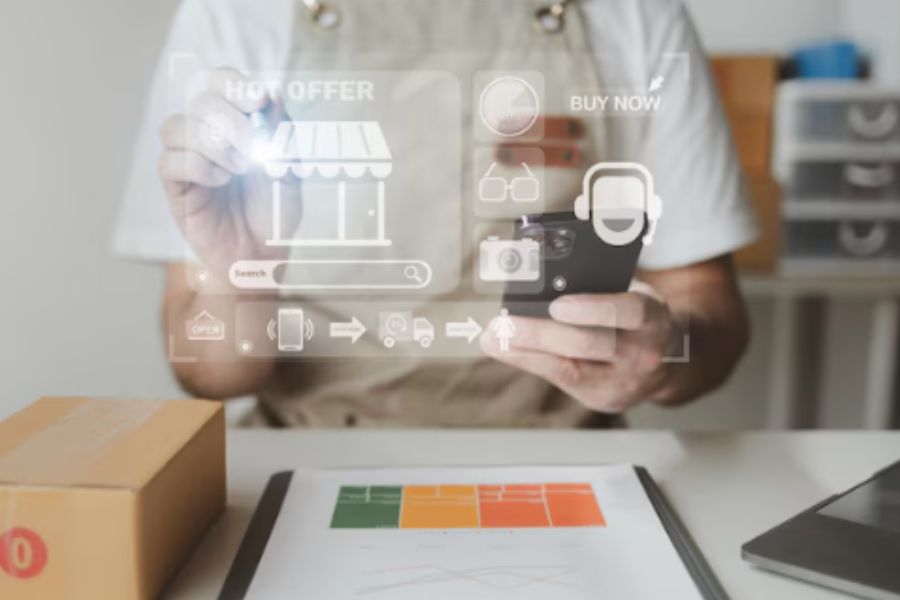What is Barcode?
A barcode is an image made up of parallel black and white lines in different widths, used as a method to represent data intuitively.
When moving the barcode readers (special optical scanners) across the bars, it will automatically process data and export accurate information about certain products. Barcodes are commonly used in retail businesses as a part of the sales process, inventory management, accountancy, etc.
The barcode history
The idea of barcodes was introduced by Norman Woodland and Bernard Silver in 1949 as a “Classifying Apparatus and Method” and patented three years later. In 1961, the Boston and Maine Railroad was the first company to apply this new method. The barcode method had been tested across the entire North American fleet by 1967 and officially used to determine railroad cars automatically since then.
Types of barcode
There are two common types of barcodes which are linear (one-dimensional) and matrix (two-dimensional) barcodes.
The Linear (1D) barcode is a specific pattern of lines and spaces in varied widths that contains text information such as product type, height, color, size, weight, etc.
The matrix (2D) barcode contains more complicated information besides text, namely the price, the number of products, encrypted transaction data, etc.
How Barcode benefits businesses?
The Barcode method is able to speed up the purchase process, enhance productivity in a variety of industries and also bring companies many other possible advantages.
- Minimize possible mistakes: The data process will become much more precise than the manual process with the help of barcodes.
- Record real-time data: Information related to sales or inventory management is available in real-time.
- Support inventory management: The ability to search and monitor inventory results accurately will smoothen the retail flow.
- Reduce implementation cost: A barcode framework can be quickly implemented, and produces immediate potential savings.


